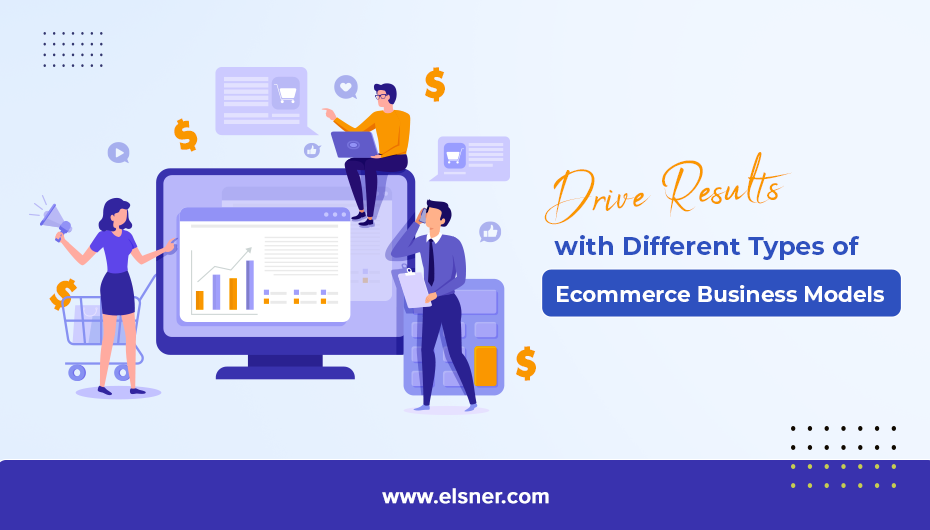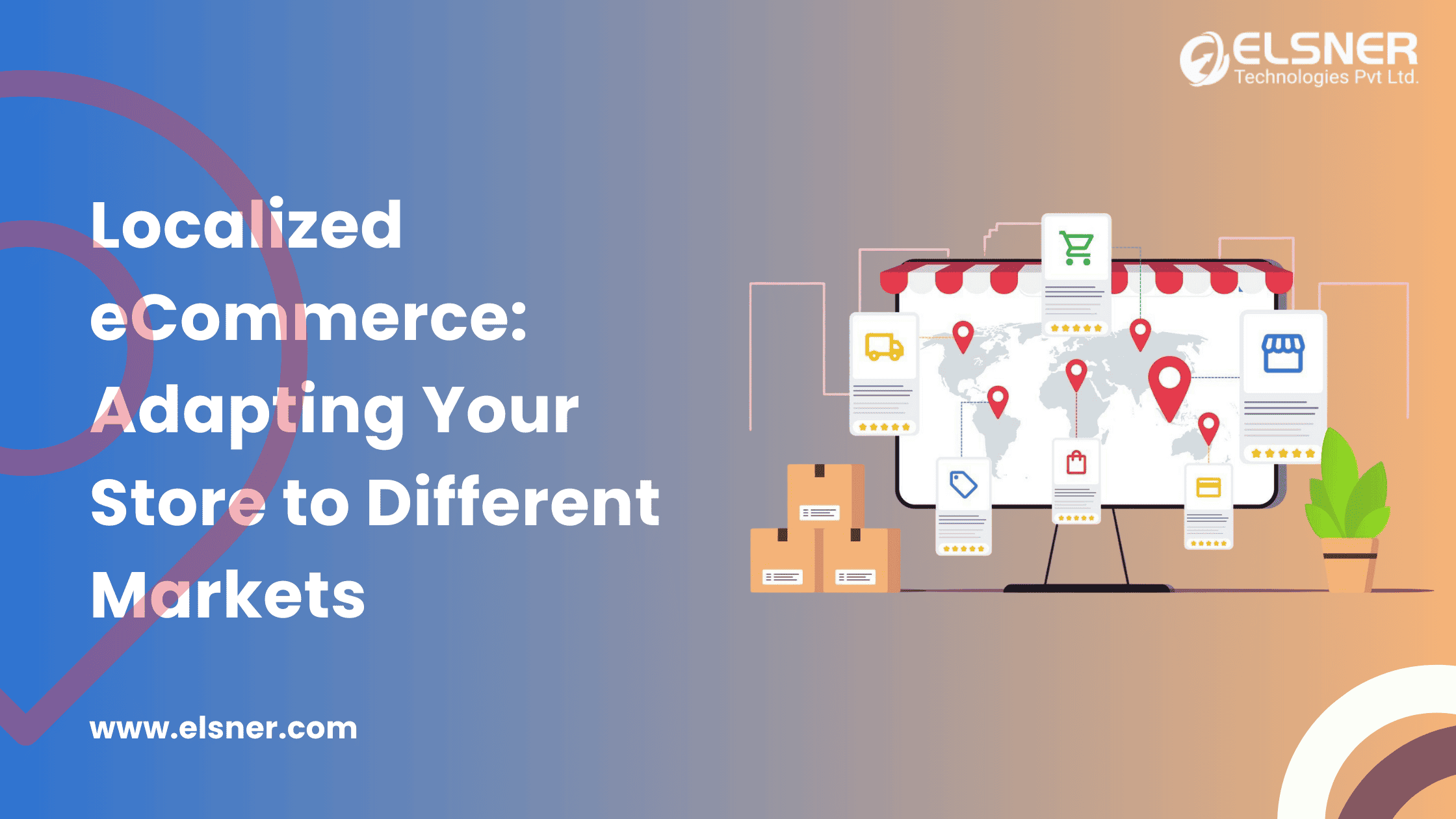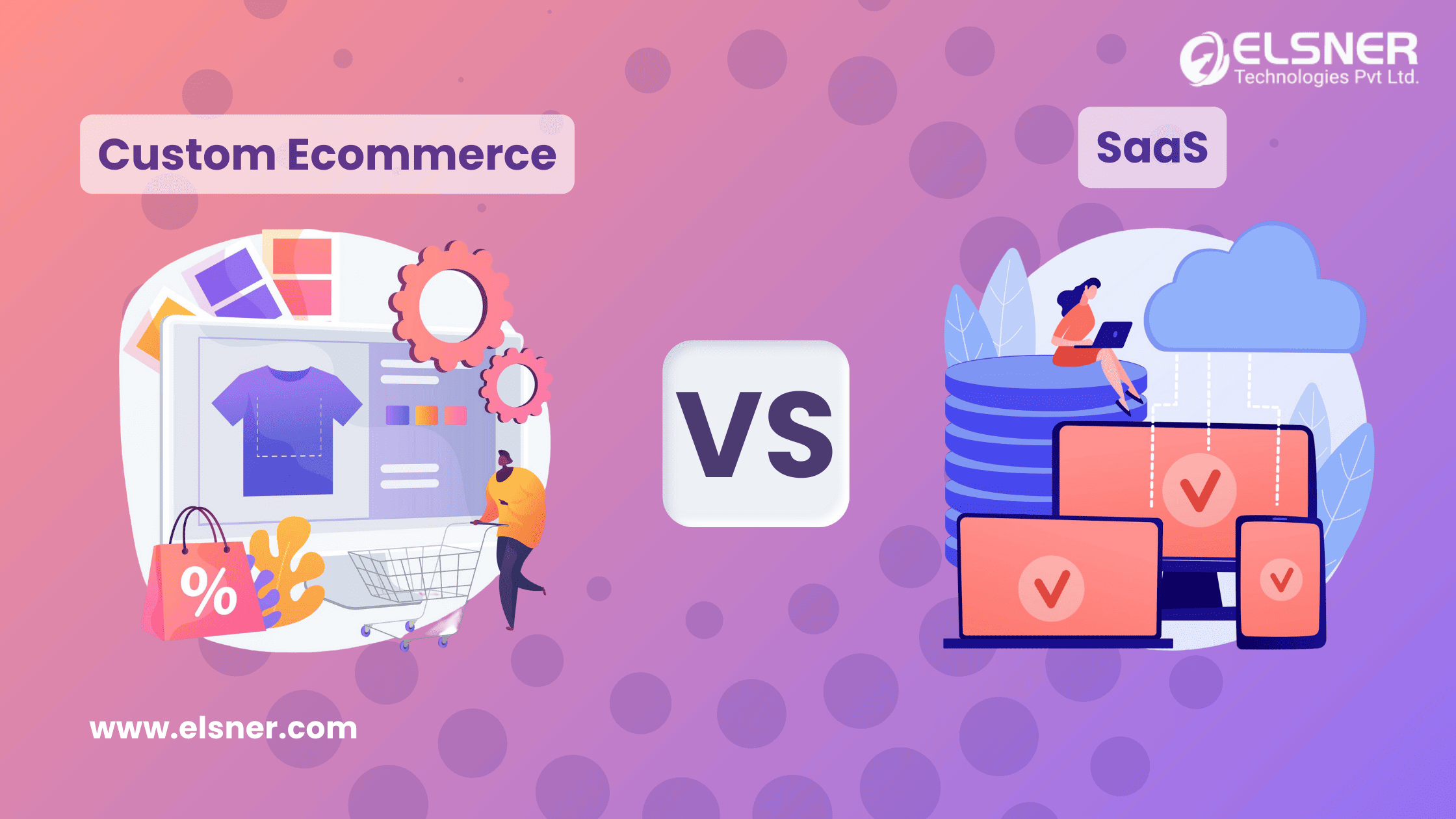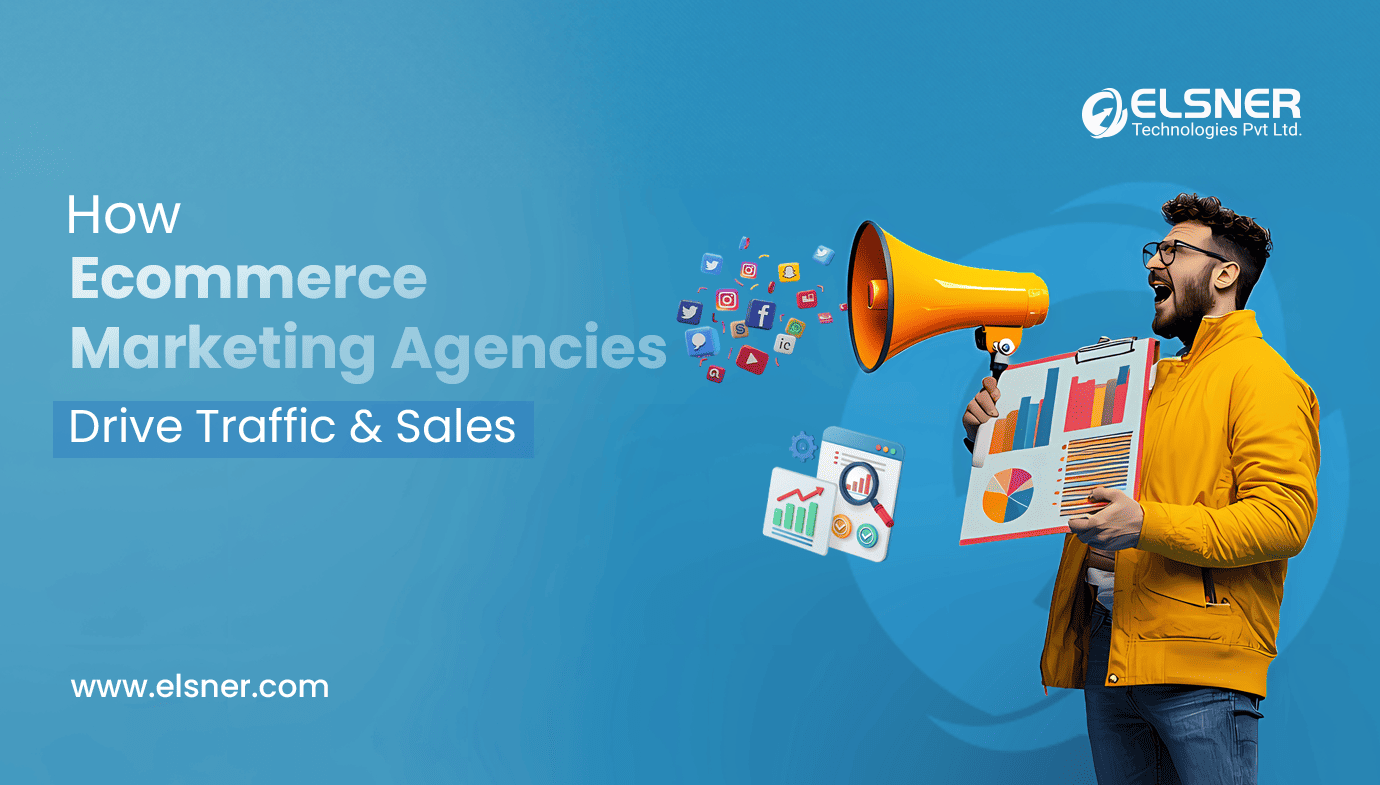- What is an Ecommerce Business Model?
- What do You Want to Sell to your Customers?
- What do You Want to Sell?
- Physical Products
- Digital Products
- Services
- 1. Business-to-Business (B2B)
- 2. Business-to-Consumer (B2C)
- 3. Consumer-to-Consumer (C2C)
- 4. Consumer-to-Business (C2B)
- 5. Business to Government (B2G)
- 6. Business to Business to Consumer (B2B2C)
The ecommerce industry is booming like anything. If you are planning to start your ecommerce business, this is the right time to reap all the benefits it has to offer.
However, before you start exploring ideas for your ecommerce business, you need to select an ecommerce business model for your business. All ecommerce stores have their ecommerce business models. Choosing the right ecommerce business model might be a challenge for you, especially if you don’t have any prior knowledge of the industry.
Choosing the right ecommerce business model is crucial to making profits and keeping the store afloat. Many ecommerce entrepreneurs make the mistake of starting a venture before determining their ecommerce business models. Don’t just jump straight to details and start running a business. Have strategic planning before you start and determine your ecommerce business model.
Before we delve into the types of ecommerce business models, let’s first understand what ecommerce business models are.
What is an Ecommerce Business Model?
An ecommerce business model represents the mode of your ecommerce business. It is all about how your company sells products and services online. There are a total of six types of
ecommerce business models listed below:
- Business to Government (B2G)
- Business to Business (B2B)
- Business to Consumer (B2C)
- Consumer to Consumer (C2C)
- Consumer to Business (C2B)
- Business to Business to Customer (B2B2C)
Out of these ecommerce business models, you need to find the right model for your business. To determine your ecommerce business model, you need to define two things:
Whom do you want to sell your products and services?
What do You Want to Sell to your Customers?
These two things will determine your business model and how you will attract your customers. Also, it will decide how your customers will engage with you. Apart from these two things, you also need to define your delivery network, payment options, ecommerce development, and other crucial things.
Whom do you want to sell your products and services?
The first thing that you need to determine is your consumer base. Whom do you want to sell your products and services? Are you planning to sell things to other businesses or consumers? Do you want to sell products or services to the government? You need to determine it first.
What do You Want to Sell?
Another thing that you must determine is what you want to sell. In the online commerce industry, you can sell anything online. You can sell either physical products such as shoes or garments, digital products such as ebooks, or services such as ecommerce development services.
Physical Products
Almost all ecommerce portals are selling physical products, from Amazon to eBay. Ecommerce experts believe that physical products achieve the highest sales in the industry.
Even in the physical product category, you need to define what you want to sell. For example, you might want to sell car accessories or books or anything else. If you are passionate about books, you can start selling books online. If you are more into fashion, you can begin selling fashion accessories. With online commerce, you can turn your passion into a money-making business.
Once you have decided the niche you want to attend; the next thing is to find the opportunity gaps. Find the aspects of the industry that are yet to explore. Also, find out the pain points the target customers are going through. It will give you a pretty idea about what to sell online.
Now, you need to hire ecommerce developers to make a website. You also need to choose the right platform to develop a website, such as Magento or Shopify.
Digital Products
Digital products are products that can be sold online to customers. For example, if you are a content writer or ecommerce developer, you can offer your digital products to customers online. You can create a store online and start selling digital products.
Services
If you have a team of experts like house cleaners, hairstylists, massage therapists, or carpenters, you can start selling these services online. Nowadays, people love to order online, and an ecommerce store offering all these services will provide convenience and comfort to customers.
Now, let’s start exploring different ecommerce business models.
1. Business-to-Business (B2B)
For example, you sell a software product such as SharePoint Online or an HR portal. Who would buy such software items? These products are meant for businesses as they meet the needs of companies. Hence, your model is the Business to Business Model. You need to develop a B2B strategy that works the best for your business.
One of the challenges of the B2B ecommerce business model is you will find it difficult to convince established businesses that your products are more powerful than products they are already using. You need a proven sales strategy to help in this area.
However, there is one advantage of this model. Normally, the order sizes of your products will be in bulk. Repeat orders are also very common in this model. All you need to ensure is to offer the best quality products and services, and you will reap this advantage.
2. Business-to-Consumer (B2C)
Business to Consumer ecommerce model is for sellers who sell products targeted primarily toward individuals. Here, the customer will come to your website and buy products from the website. Amazon, eBay, and other notable ecommerce companies are the finest examples of Business to Consumer
ecommerce business models. Here, you need to work on addressing the pain points of customers to gain their trust. When you offer high-quality products that address their issues, they will start trusting you. Over time, as your eCommerce business grows, you can also check and see if you qualify for the Amazon sales tax exemption program which will give you an advantage as a beginner.
3. Consumer-to-Consumer (C2C)
This is not so popular an ecommerce business model compared to B2B and B2C. It is a unique concept that came into the picture in recent years. Here, individuals want to sell products to individuals. Craiglist is one such example of the C2C model.
Users can rent, sell, trade, and buy products and services here. The portal will receive some commission every time a transaction happens. This platform might face legal issues as the model is very complicated. You need to plan it carefully before venturing into it.
4. Consumer-to-Business (C2B)
The consumer to Business ecommerce model has been in trend recently after the invention of platforms catering to freelancers. Here, businesses and freelancers meet on a forum, and if everything is sorted out well, individuals will start working for companies for dually accepted fees. You might need to hire ecommerce SEO to drive more traffic and sales to your website.
Normally, freelancers are individuals, and clients are commercial entities. Hence, it is named as C2B ecommerce business model. Affiliate marketing platforms, freelance marketplaces, and auction websites are the best examples of these consumer-to-business ecommerce business models.
5. Business to Government (B2G)
When a company develops and sells products or services to government agencies, the model is called the Business to Government model. Mostly, you have to bid on government contracts if you want to follow this model.
Mostly, governments come up with proposals for projects, and companies put their quotes for such requests. You need to submit the best, most cost-effective deal to get a task. Some small government agencies might approach you for particular products or services.
6. Business to Business to Consumer (B2B2C)
First, a business sells products or services to another business. Then, that business sells products or services to an individual. This is the clear definition of a B2B2C ecommerce business model.
To adopt this ecommerce business model, first, you have to partner with another business and sell your products and services to them. If the partner company sells your products, you will earn a commission for each sale.
This ecommerce business model is beneficial when you are new to the market and looking for recent customer acquisition. When you don’t have enough budget for advertising and marketing, you can pursue this model to get more sales.
Selecting the right e-commerce business model is crucial, but it’s also important to consider the legal structure. Establishing a Limited Liability Company (LLC) offers numerous advantages for your ecommerce venture. LLC benefits include personal liability protection, separating your personal assets from business liabilities. It provides flexibility in management and taxation, allowing informal arrangements and pass-through taxation. Having “LLC” in your company’s name adds credibility, enhances trust, and attracts customers.
To establish it, comply with legal requirements, such as filing paperwork and consulting experts. By combining LLC benefits with the right ecommerce model, you can lay a solid foundation for long-term success in the booming ecommerce industry.
Conclusion:
Determining the right ecommerce business model for your business is the need of the hour. Your online business’s success depends on it. Ensure that you understand all these ecommerce business models and then choose one that suits you.

About Author
Harshal Shah - Founder & CEO of Elsner Technologies
Harshal is an accomplished leader with a vision for shaping the future of technology. His passion for innovation and commitment to delivering cutting-edge solutions has driven him to spearhead successful ventures. With a strong focus on growth and customer-centric strategies, Harshal continues to inspire and lead teams to achieve remarkable results.




